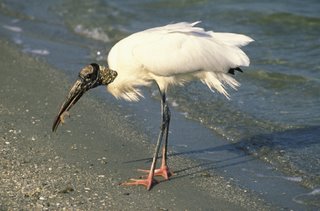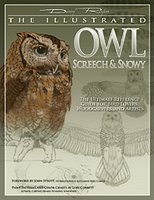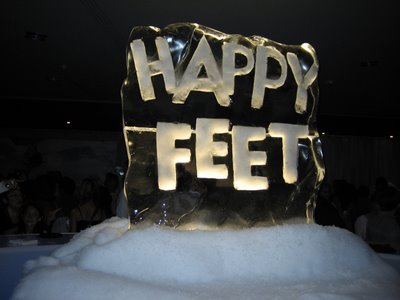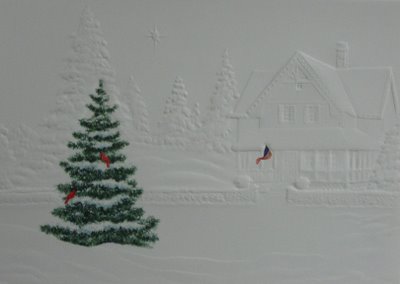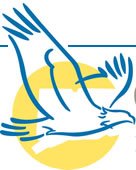Congratulations to Clare Kines of
The House & Other Arctic Musings! He again crafted the winning story in this edition of First Friday. (My apologies for the delayed announcement!)

With his well-done tale, Clare's secured the right to choose two recently published books from the
WildBird bookshelves. If you'd like to earn that right, then write an original 500-word short story about birds, birding or birders that includes a setting, a character or characters, a conflict and a resolution. Also, the birds cannot be anthropomorphized.
For the October edition of First Friday, please send your birding fiction on
Oct. 4. Thank you to this edition's participants!
Now, for your enjoyment, "The Lark" by Clare Kines.
Roy James tried to use his shaving mirror to look over the wall. He strained to reach high enough as dawn was starting to break over this little bit of Flanders. He was looking for the larks, he could hear them singing as the light grew. It was a lark that put him here, behind this wall.
Scarcely a fortnight had gone by since he went over the top with his battalion. Ypres was a terrible place, and no man’s land the most terrible place of all. The noise, always the noise, whiz-bangs and 5-10’s, and the heavier guns never let up. Then there were the angry wasps of the Bosch’s machine guns, just overhead or lower, trying to reach out to you. They always reached out for him, but they’d never found him yet.
He’d been at the Front since the beginning, two years now. Two years enveloped in that noise, always with the smell of death swirling around him. He’d narrowly escaped being gassed the first time he was in this terrible place. A piece of shrapnel had blinded his lieutenant, and he’d been detailed to take him back from the line. His regiment had been decimated, overrun when the regiments on both their flanks turned and ran as the green fog hit them, but they had stood their ground, and barely anyone answered roll the next day.
When the noise got too loud, he’d disappear back to the family farm in Alberta. He had spent his youth watching prairie-chickens on their booming grounds, and the Grey Geese making their way north in the spring. As the noise grew, he’d go back there, crawling on his belly to watch them on his pond, but the war kept drawing him back away from the birds. He’d even been mentioned in dispatches twice for actions during trench raids, but there was always the noise.
After they led the attack, those wasps pinned them down in a shell hole. He watched as the sergeant major, not 10 yards way, spiraled up in the mist as a shell landed at his feet, only he didn’t come down. Looking for him was when he saw the lark, dazed in the mud, its little chest heaving.
It seemed so clear that he had to save her, so he tucked her against his breast, and he stood and walked back to the line, the wasps reaching but never finding him. He kept walking and was five miles back when he let her go, and watched her climb into the air.
That was where they found him and arrested him. Cowardice, they said, desertion at the worst time, the height of battle. No matter no one got farther than the wire.
So now as dawn was breaking, the door behind him opened, and the chaplin and new sergeant major led him out to the other side of wall. As they put the hood over his head, he listened, and one by one the larks fell silent.


